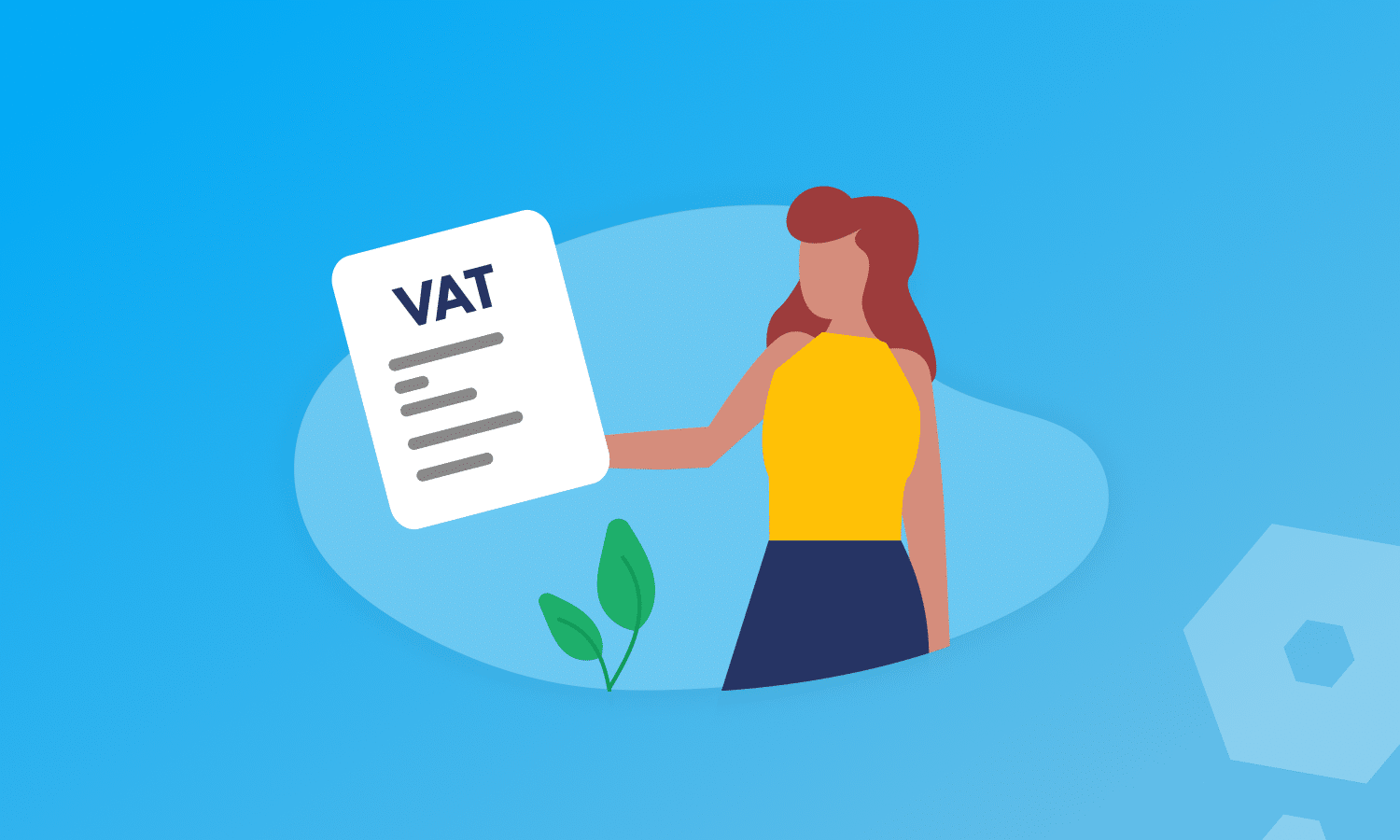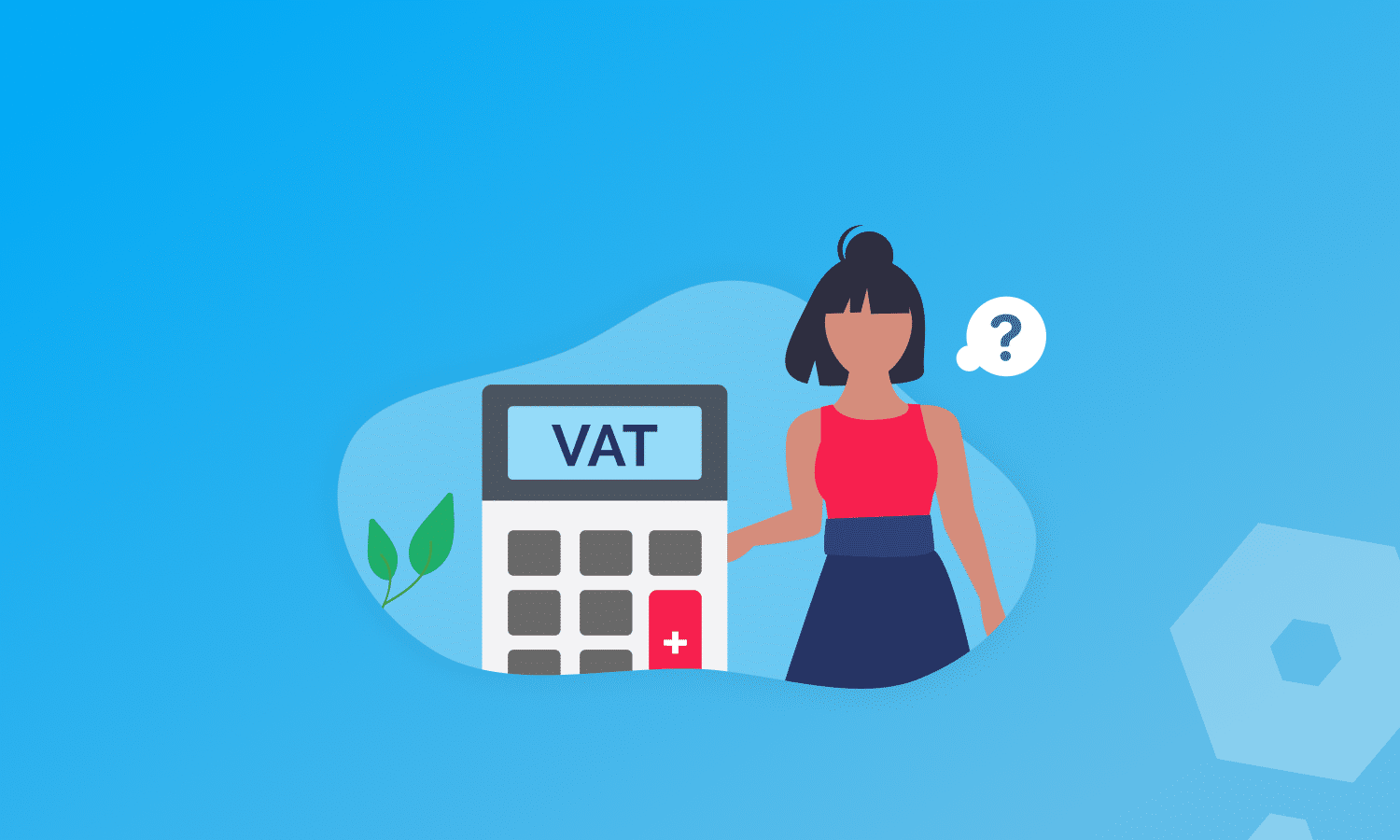Most of us pay VAT daily, whether it’s for a specific service or purchasing our favourite savoury snacks. It stands for ‘value-added-tax’ and is a consumption tax that’s charged on a product during each point of a sale where value has been added.
As a business, registering for VAT is mandatory if your taxable turnover in the last 12 consecutive months reaches the VAT threshold (currently £90,000). You can volunteer to register before you reach this threshold though, if you feel it would benefit your business.
Once registered, you’ll need to charge VAT on the taxable sales that you make, using the correct rates of VAT. We’ll look at what each of the rates are, so you know how much you need to charge.









